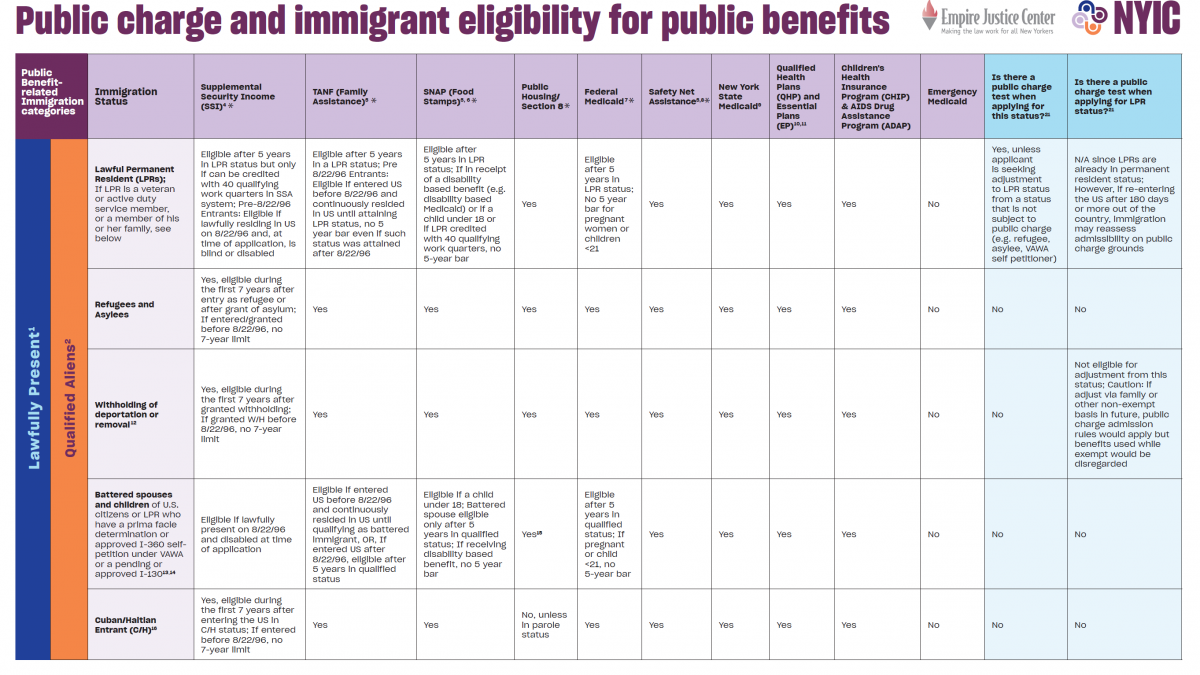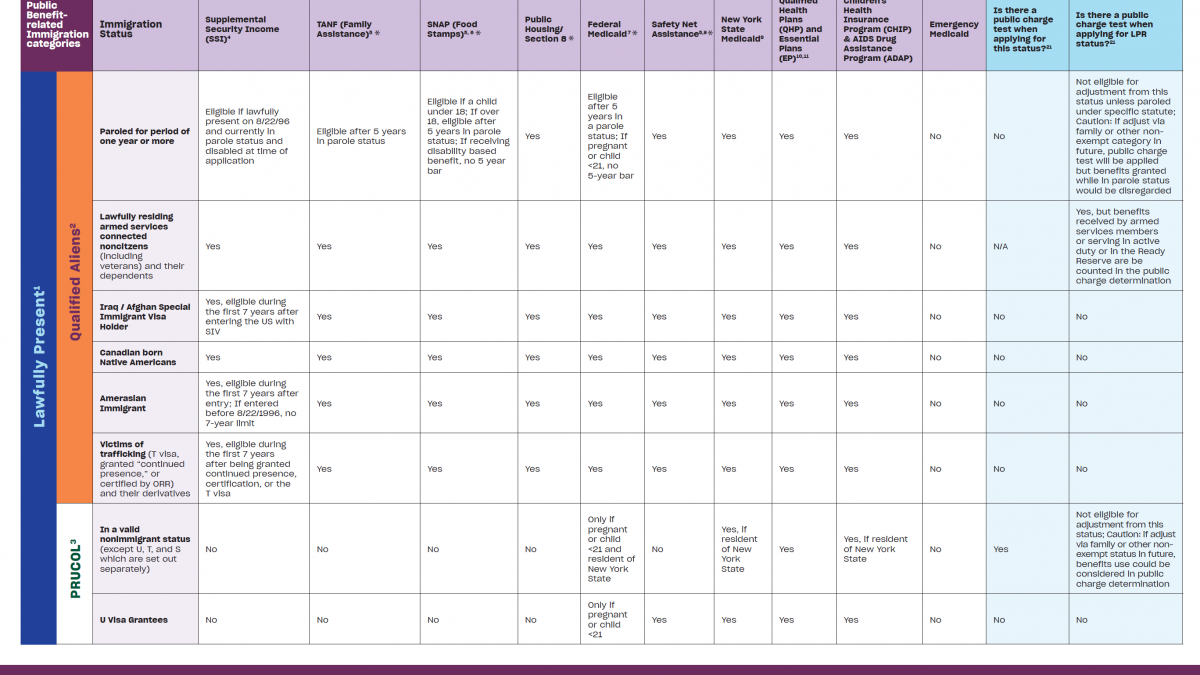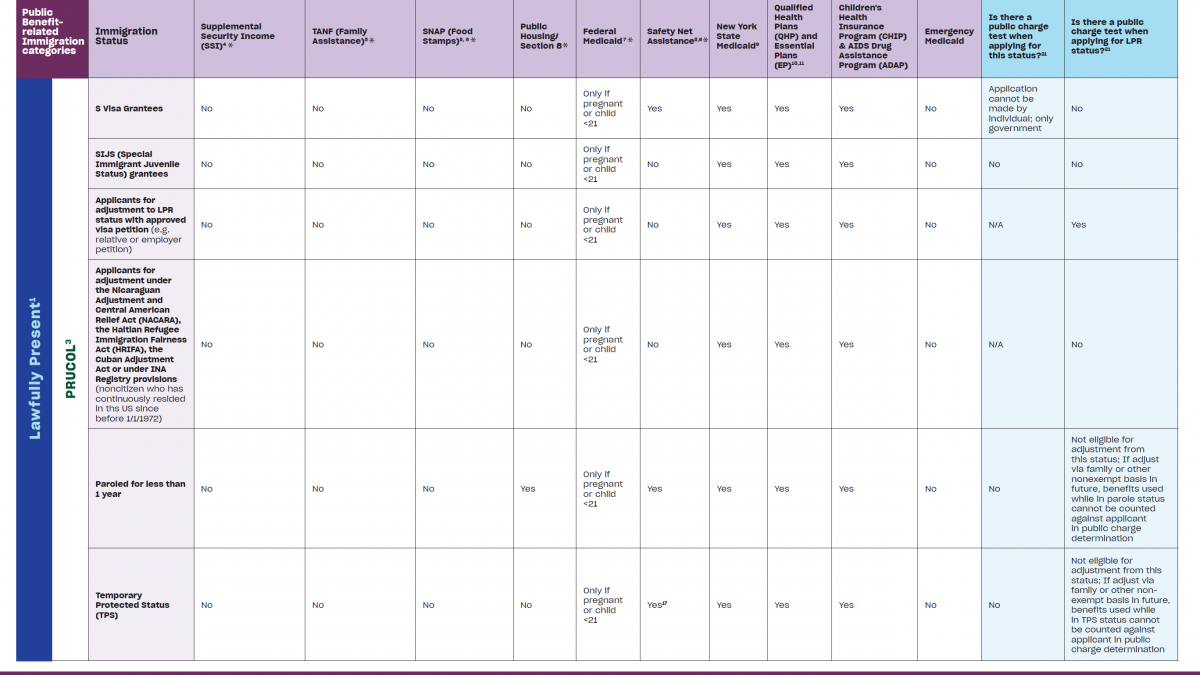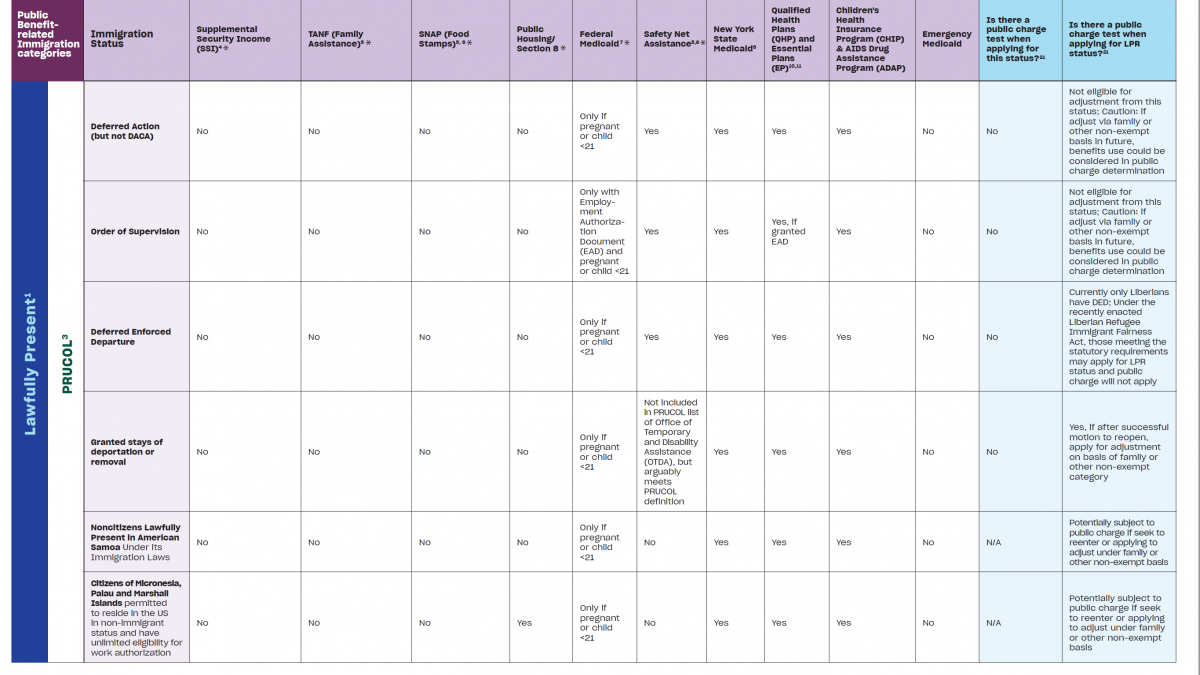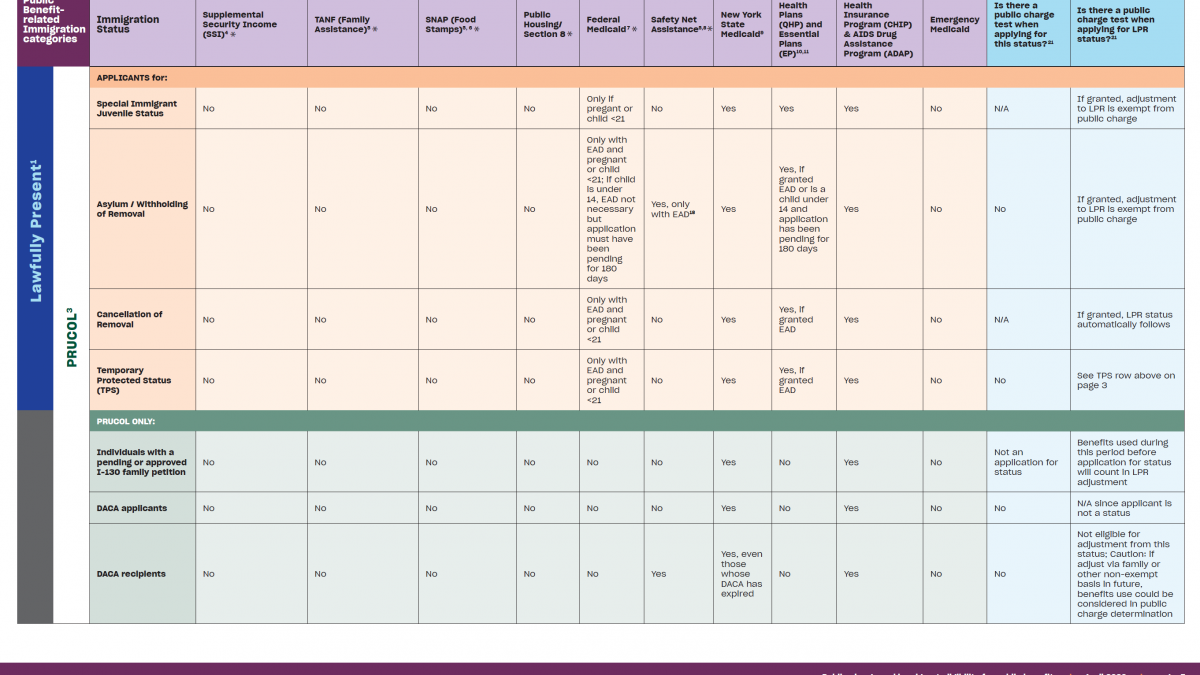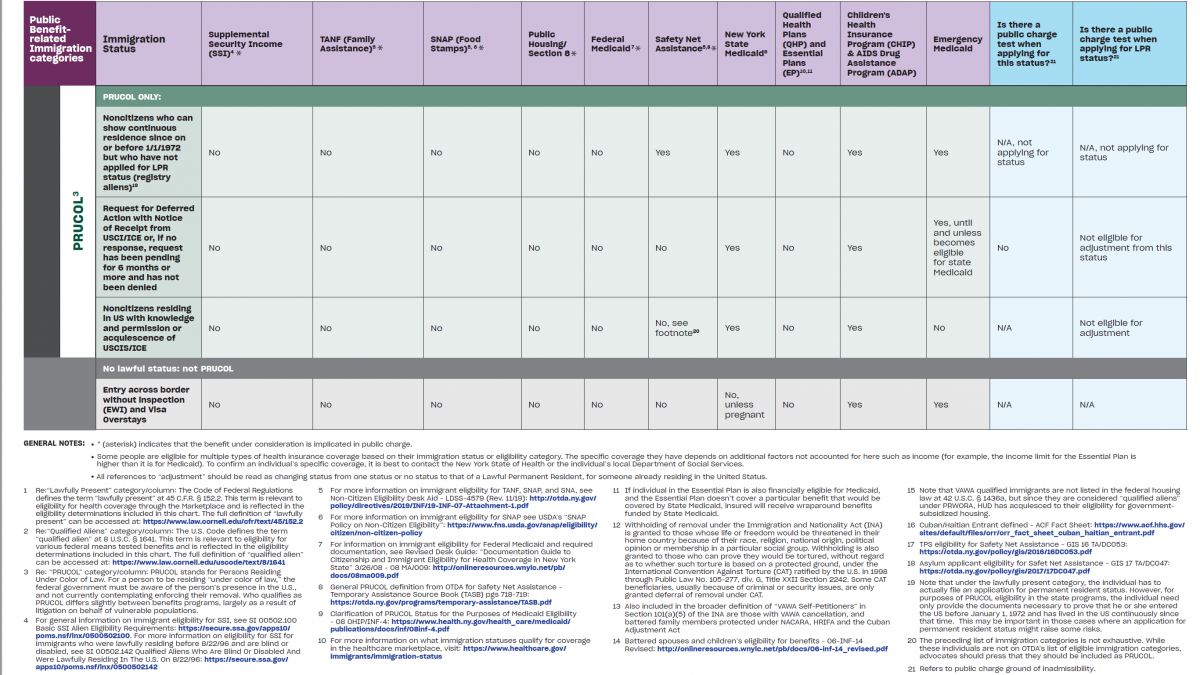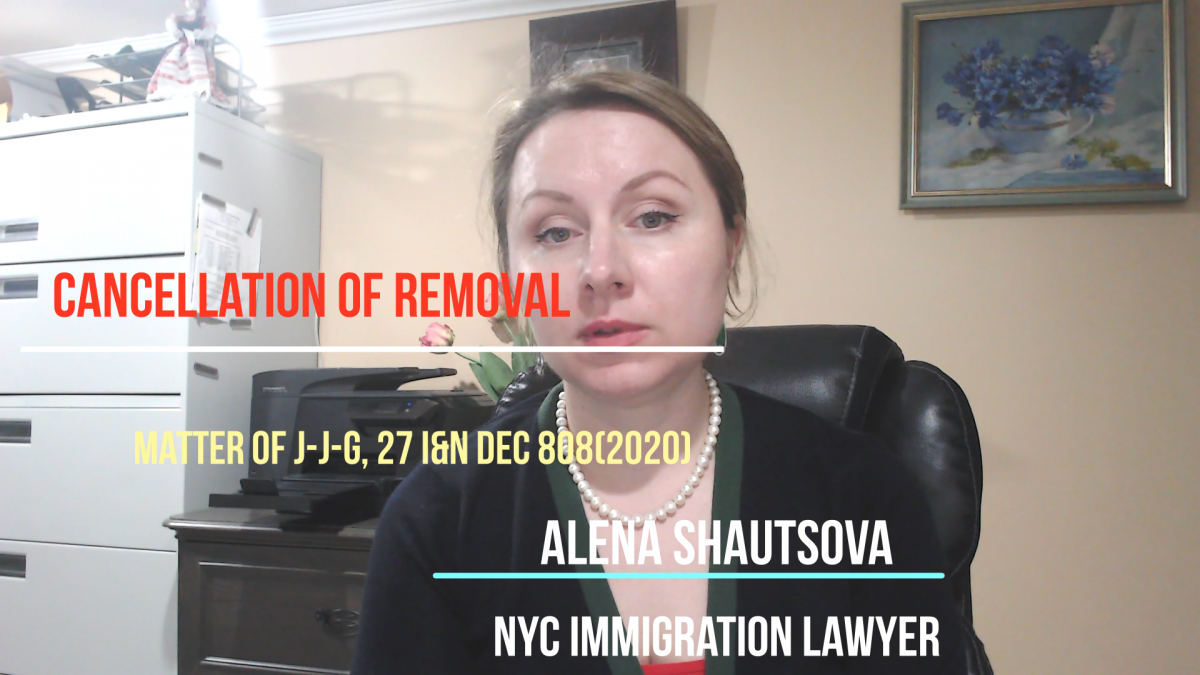
Author: New York Immigration Lawyer Alena Shautsova
Alena Shautsova, New York Immigration lawyer helps her clients to understand the United States Immigration laws and navigate the complex Immigration system.
There are thousands, or perhaps millions of asylum applications that have been filed in the United States in the past decade. Many of those applications are so-called “affirmative” asylum applications: applications filed before USCIS Asylum office. In the affirmative asylum process, a person may wait for their Asylum interview for years, and in very rare instances decades. At times, during the wait time, a person’s personal situation may change: a person may divorce and remarry, a person may marry, etc. The question many ask is if it is possible to receive a marriage-based green card if a person has “asylum pending status”.
The answer depends on several factors, related to a person’s admissibility because different qualifications are used by USCIS to determine if a person qualifies for asylum and if a person qualifies for adjustment of status based on marriage. When a person files for asylum, it does not matter if he/she crossed the border or entered the United States legally: the manner of entry is not an issue for the asylum qualifications. But it matters a lot for adjustment of the status case: only a person who can demonstrate that he/she was inspected and admitted or inspected and paroled may adjust status in the United States (with some very few exceptions).
Another important consideration to keep in mind is if a person will need waivers for adjustment: for example, a person who files for asylum may qualify for it even if he/she entered the country with fraudulent documents, or has certain criminal convictions. But an applicant for adjustment of status, in a similar situation, may require a waiver, which may be hard to qualify for.
Finally, the marriage must be of course bona fide and with a US citizen due to the fact that the adjustment is possible only if a person maintains non-immigrant lawful status throughout his/her time in the United States. There is only one exception from this rule: it is the adjustment of status for immediate relatives (spouses of US citizens, children of US citizens under 21, and parents of US citizens).
There may be some other important factors to keep in mind while trying to adjust status in the United States, and for that reason, a person should at least consult with an attorney before submitting their Immigration petitions and applications to USCIS.
What if you can adjust and you are married? In this case, if you are still under the jurisdiction of the USCIS (most cases whose interview has not been scheduled yet), you will need to prepare and submit to USCIS the adjustment package (usually, includes forms I 130, I 130A, I 485, I 765, I 864). USCIS will issue the receipts and with time, will call the couple for the interview.
Many are asking: is it possible to withdraw the asylum application in such a situation. Of course, you always have a right to withdraw your asylum application. But you cannot erase it from your history. Normally, a person would wait for the green card to be approved and then would ask USCIS to withdraw or dismiss their asylum case. But each person’s situation is different, and he/she should consult with an attorney prior to submitting the request for withdrawal.
Now, even if you were transferred to court, and you marry a US citizen, you still may have a chance to adjust your status, but the way you submit your applications with USCIS and EOIR (Immigration Court) now will be different. Also, your burden of proof for the real marriage will be higher.
If you need a consultation on how to change your asylum pending status, give us a call at 917 885 2261 to reserve your confidential appointment. (Note, all appointments are subject to a fee).



